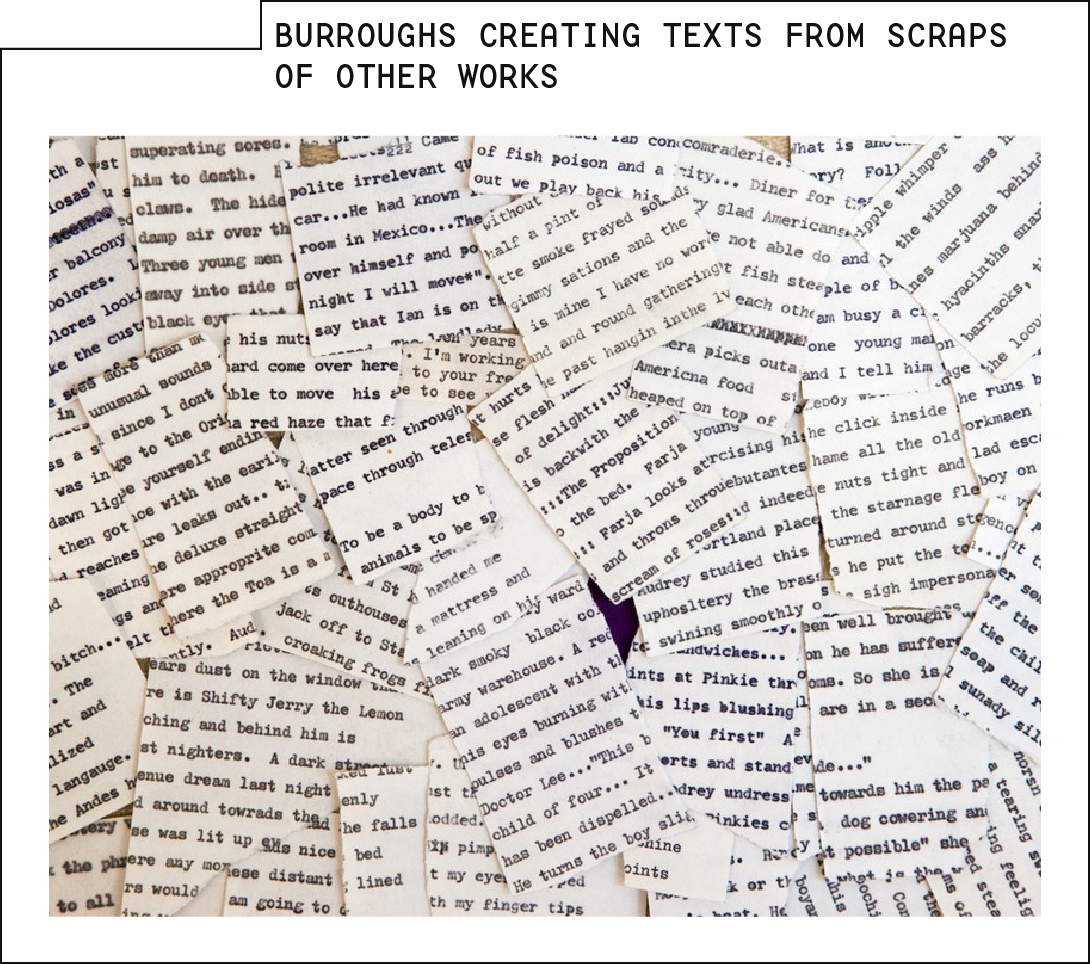Screens, Research and Hypertext
Powered by 🌱Roam GardenToward a Nonlinear Essay
The hyperlink and the relational database can fundamentally reshape writing.
What would it even mean to write a nonlinear essay?
The philosopher in me kind of shudders at the very question. In my world, essays are either narratives or they are arguments (or possibly both). But narratives and arguments have an order. You can’t just start out with Q; you have to establish that P and that if P, then Q before you’re allowed to go around proclaiming that Q. That’s just how nonfiction works.
Only, it’s not. Or at least, it’s not necessarily.
Maybe an argument can be more than just a series of carefully-sequenced claims that build to a conclusion. Maybe an argument can be a sort of gestalt that emerges from a series of interconnected bits. My brother Josh likens the nonlinear essay to the experience of visiting an art exhibit—there are many possible paths through an exhibit, and the story you will take away turns heavily on which path you choose.
And, let’s face it, there really is more than one way that any given set of ideas can be organized. There’s a mind-boggling set of links between concepts. Don’t believe me? Go surf around Wikipedia for a bit.

For a long time, though, we’ve been pretty limited in how nonlinear we could be with our writing. The media available to us just didn’t lend themselves to anything else. It’s only in the last 50 years or so that we’ve had machines capable of creating the kinds of links we need for nonlinear writing, and only in the last 20 that said tools have been widely available.
The combination of the hyperlink and the relational database opens up some pretty amazing possibilities for fundamentally rethinking nonfiction. But most of our writing continues to look just like it always has.
Which brings us to this little experiment. You won’t find an instruction manual for writing a nonlinear essay in any of the pieces in this collection. And you won’t find a full argument for writing differently in any single piece, either. But my hope is that both of those things will arise out of the whole collection.
For more context
What do you mean by hypertext?
What to read next
What's so great about hypertext?
Other items of interest
The act of writing has been shaped by 5000 years of physical media.
Hypertext is still relatively new. But it's also older than you think.
This isn't the only place I invoke art as a metaphor for understanding the web.
Referenced in
Networked Structure
Indeed, I can’t say that I’ve really seen this tried anywhere, though in one of those bits of self-referential meta-ness that good analytic philosophers like me are supposed to disdain, this very thing that you’re reading is one part of an attempt at doing just that
Transclusions
Indeed, I can’t say that I’ve really seen this tried anywhere, though in one of those bits of self-referential meta-ness that good analytic philosophers like me are supposed to disdain, this very thing that you’re reading is one part of an attempt at doing just that
The Forms and Limits of Hypertext
Indeed, I can’t say that I’ve really seen this tried anywhere, though in one of those bits of self-referential meta-ness that good analytic philosophers like me are supposed to disdain, this very thing that you’re reading is one part of an attempt at doing just that
The Forms and Limits of Hypertext
For the past several years, I’ve been pretty obsessed with the idea of the nonlinear text generally and experimental fiction more specifically. The text that doesn’t simply move the reader from A to B to C through a series of logical steps. The text that the reader creates by choosing which steps to follow.
Linear Thinking
The more time I spend on the web, though, the less sure I am that linear is a compliment. The internet—the hyperlink—enables forms of writing that just aren’t practical on the printed page. The internet is unbounded. Decentered. The death of the author writ large. It moves the nonlinear essay out of the realm of stuffy academic discourse and onto the tiny pocket computers we all carry around.
Modular Content
Your CMS connects to a database, which is sort of like a really fancy spreadsheet. Built properly, your CMS will store each functional piece of content—an attribute in CMS lingo—in its own spreadsheet column. Better still, it’ll give each column a name that tells the CMS what that content does. That opens up a whole new world of possibilities.